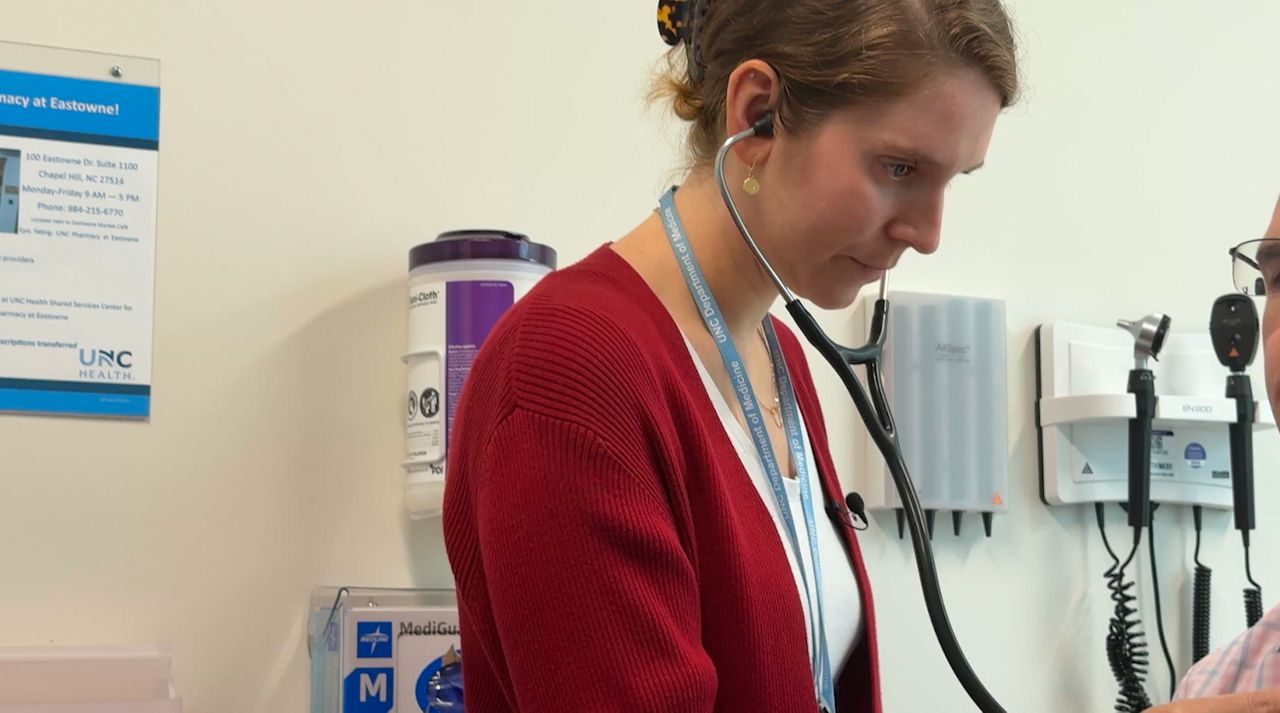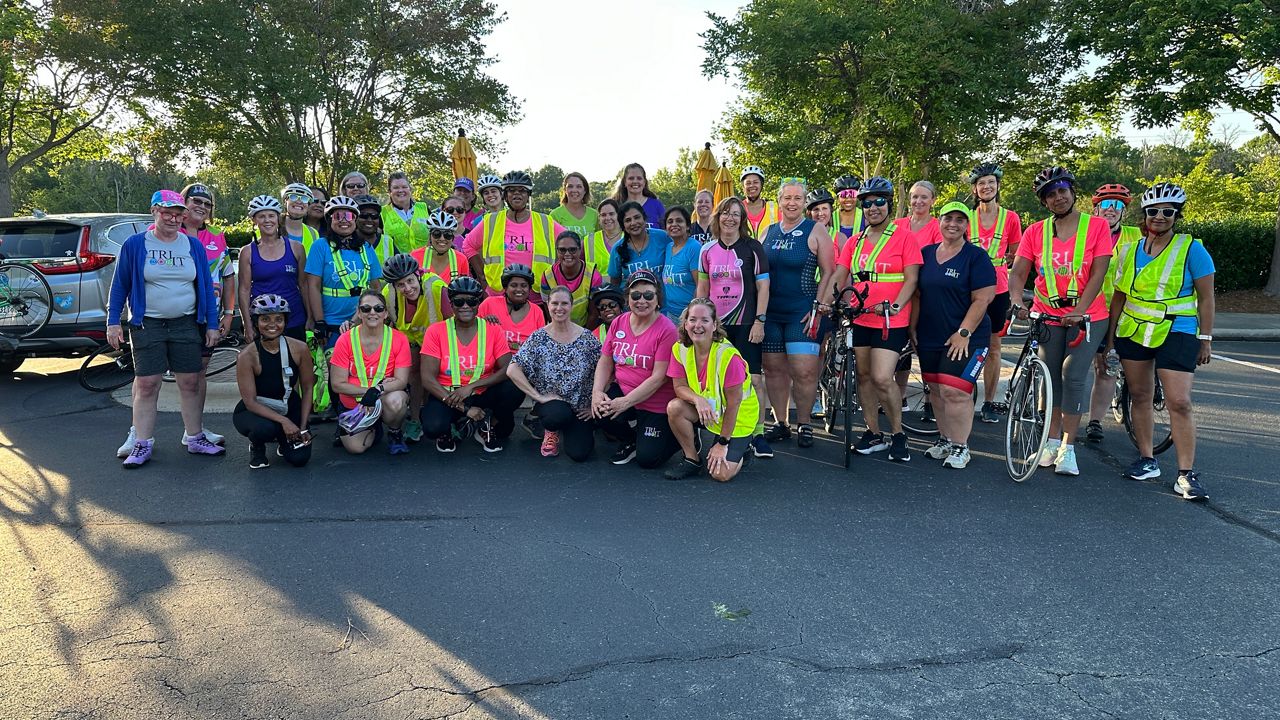STOVALL, N.C. — The Food and Drug Administration recently approved the first treatment for geographic atrophy, an eye disease greatly impacting day-to-day vision.
Syfovre is an injection that slows the debilitating disease. The first-of-its-kind drug was tested in a clinical trial over a two-year period.
The overseer of the study is Dr. Eleanora Lad of the Duke Eye Center.
“Now, we have a new treatment we never had before,” Lad said. Lad has worked with Apellis pharmaceuticals, the maker of Syfovre, since 2014.
“It’s a beginning of a new treatment era. I think that’s the part, actually, I’m most excited about. It opens the gates, hopefully the floodgates, to a whole bunch of treatments that would be incrementally better, more efficacious, applied earlier and less invasive,” she said.
A company spokesperson said Syfovre will be listed at $2,190 per vial.
One of Lad's patients, Johnny Ray, said the medicine has given him a better quality of life.
“I just happened to be lucky enough to get into the (study) group,” he said. “I just happened to be lucky enough to get into the (study) group,” he said.
Ray was once a full-time worker in his early 50s when he said he found himself going blind in his right eye.
An optometrist found scarring on the back of his eye during an exam three years ago. Ray said the doctor recommended he go to the Duke Eye Center to enroll in what would become a sight-saving clinical trial.
Lad is the specialist who introduced him to Syfovre and said the rest is history.
”You do what you have to do to get through life, and I have done that,” Ray said.
Adversity is only a footnote in the story of 64-year-old Johnny Ray.
“What you see is pretty much what you get. The way I am all the time,” Ray said as he drove down a road near his Stovall home. Stovall is roughly 15 minutes from the Virginia state line.
Last fall he said was diagnosed with prostate cancer and has since been medically labeled as in remission.
Ray said he also suffers from hearing loss and has dealt with a litany of health issues beyond geographic atrophy.
This North Carolina native isn’t one for sugarcoating how he rolls.
“I really don’t worry about my driving. I worry about the other person,” Ray said.
The former welder remembered when the feeling of his firm grip on reality slipped through his fingertips more than 10 years ago.
“When I started losing my eyesight, that is when I started being careful,” Ray said.
Ray said the eye disease has caused severe vision loss in his right eye.
“It really bothered me when I found out that I had this disease. I was afraid emotionally that I would completely lose my eyesight,” Ray said.
Lad described geographic atrophy as an advanced form of macular degeneration affecting many aging Americans.
This kind of age-related macular degeneration corrupts the retina at the back of the eye. The two retinal parts are called the peripheral and macula retina. The retina turns light into electrical signals the brain uses to create images. Specifically, the macula is how we view people distinct from objects right in front of us.
Experts note that the disease can make even the most insignificant of details blurrier and harder to see.
“Once you get to this stage, there is no going back,” Lad said.
Lad is a retinal ophthalmologist at the Duke Eye Center with a background in clinical research.
She says the area affected by geographic atrophy looks like a map of the disease, which is measured based on how bad it gets over time.
“The reason for that is we know that map, the area of geographic atrophy, correlates with a blind spot. Where you see that area, basically the patients cannot see in that area at all,” Lad said.
The doctor said there is a general decline in the quality of life for many of her patients. Some emotional side effects can be depression and social isolation.
Ray uses a clock on the side of his house as an example of the effects of his geographic atrophy.
“I close my left eye and I look at a clock. I don’t see anything from 9 o’clock to 12 o’clock in my right eye,” Ray said. “To know that you have something wrong with you is a little mind-boggling sometimes.”
Lad said Ray was among those receiving real Syfovre injections every one to two months in the clinical trial. His vision was stable after two years of trial participation.
“I feel that Syfovre is a game-changer because it’s the first-ever available treatment to slow this disease progression,” Lad said.
But the treatments can’t reverse symptoms of the disease.
Ray's passions, like fishing, require more time and patience, but the pace of life in the country where he walks with his dog Maggie are a perfect speed.
“The best part? It’s quiet. It’s beautiful out here,” he said.








